Planets in our solar system come in different sizes and shapes. They range from being extremely large to being relatively small compared to their moons. For instance, Mercury is smaller than Ganymede. Additionally, some planets have a larger diameter at the equator compared to their poles. Let’s explore the diameters of the planets in the solar system in kilometers, in ascending order.
The size of Mercury, the initial planet in the solar system.
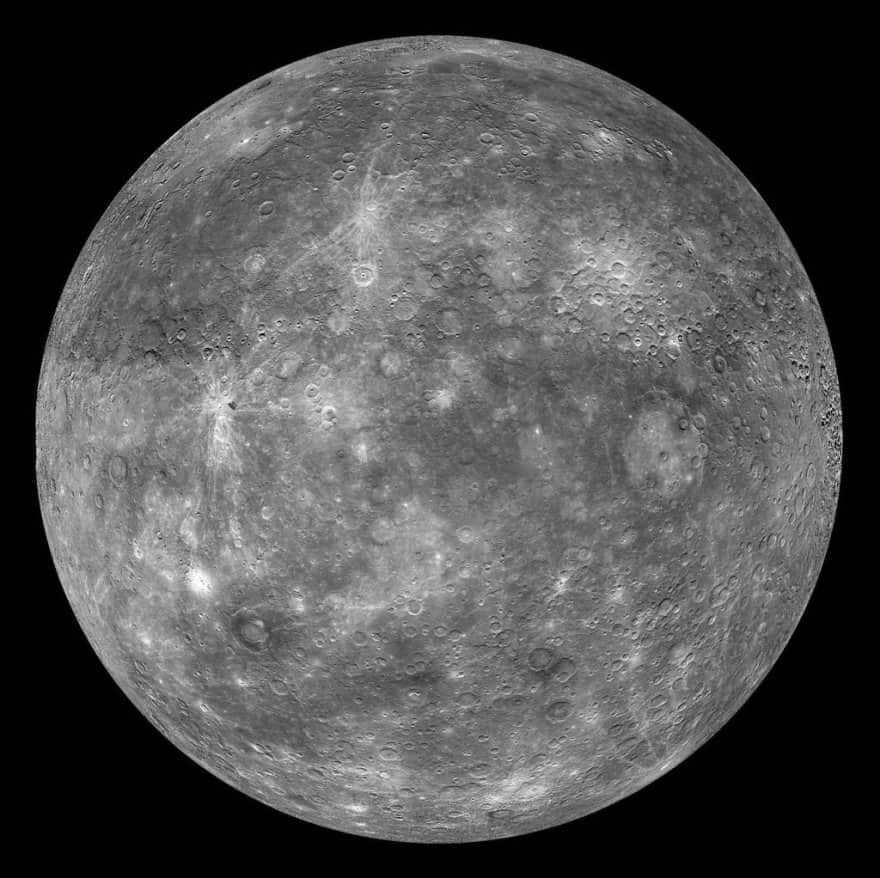
Mercury, which has a diameter of 4879 km, is the tiniest planet in the entire solar system. It is just a little bit bigger than our Moon, which measures 3474 km, and it comes after Jupiter’s satellite Ganymede (5268 km) and Saturn’s Titan (5152 km) in terms of size.

This planet is classified as an Earth-like planet and consists of metals and silicate rocks, which are structured into an iron core, silicate mantle, and crust. The sideric period of this planet lasts for 58,646 days. One interesting feature of this planet is that it does not have any flattening at its poles, resulting in an almost perfect spherical shape.
Let’s take a look at the diameter of Venus, which is the second planet in our solar system.

The Earth has a diameter of 12,104 kilometers and does not exhibit any flattening at the poles, indicating that its shape is almost uniformly spherical. The Earth also has a sidereal rotation period of 243.025 days.
The Size of Earth, the Third Planet in the Solar System
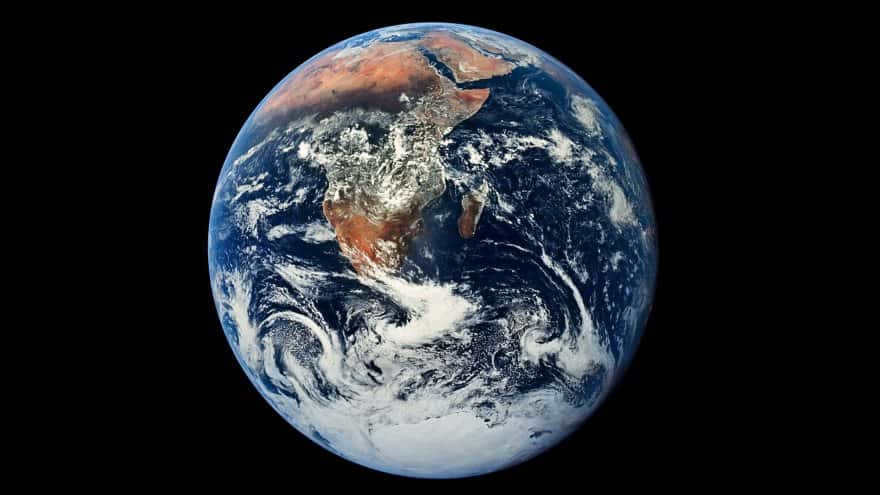
The largest terrestrial planet, Earth, has a diameter that extends to 12756 km. Due to its flattening, it is not a perfect sphere, and its polar diameter is 41 km smaller than its equatorial diameter. The Earth completes one sidereal rotation in 23 hours, 58 minutes, and 4.1 seconds.
The size of Mars, the fourth planet in our solar system.
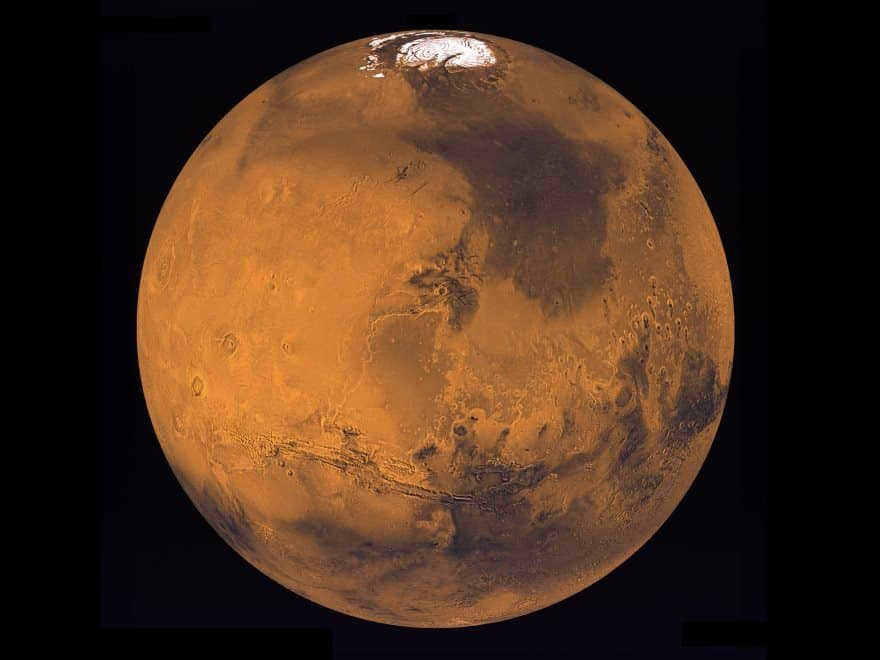
The polar flattening of Mars is 0.00589, resulting in a diameter difference of 40 km between the poles (6752.4 km) and the equatorial line (6792.4 km). The Martian day, also known as the sideric day, lasts for 24 hours, 37 minutes, and 22 seconds.
A skilled tarot reader will provide answers to the following questions:
What does the future hold for you? How will your relationships unfold? What is the best course of action to take?

Jupiter’s Diameter – the fifth planet in the solar system
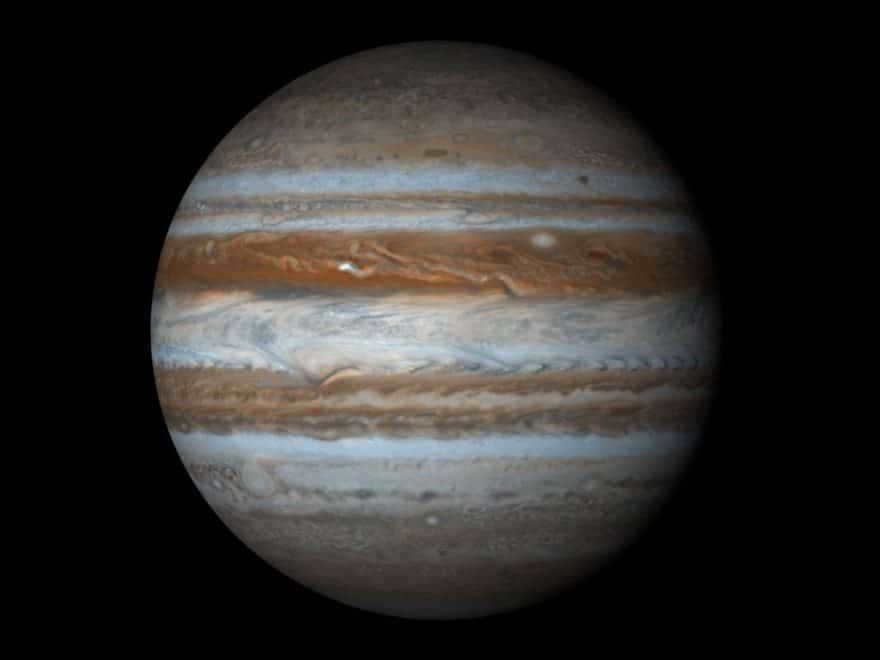
Jupiter is known as the biggest planet in our solar system, measuring 142,984 kilometers in diameter. Its flattening coefficient is 0.06487, indicating a fast rotation period of 9 hours, 55 minutes, and 30 seconds. As a result, the equatorial line is 9,276 kilometers wider than the polar line, which measures 133,708 kilometers.
Saturn’s diameter, the sixth planet in the solar system

Saturn is the second largest planet in the solar system, with a diameter of 120,536 km. Its shape is slightly flattened, with a flattening factor of 0.09796. This is due to its sideric rotation, which takes about 10 hours and 33 minutes. As a result of this flattening, Saturn’s polar diameter is 108,728 km, while its equatorial diameter is 120,536 km. This means that there is a difference of 12,000 km between the two diameters.
Let’s talk about Uranus now!
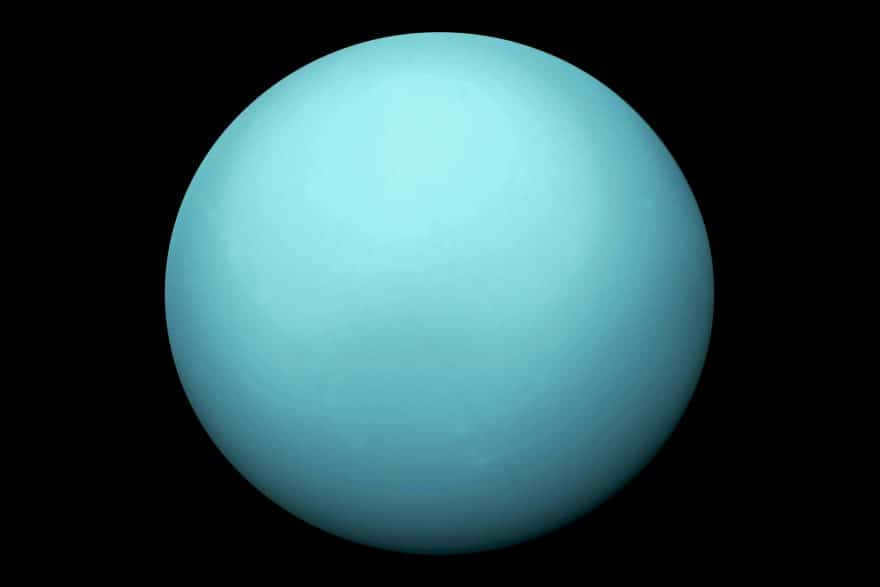
Uranus is positioned third in line from the Sun and has a diameter of 50724 km. It takes Uranus 17 hours, 14 minutes, and 24 seconds to complete one axial revolution. As a result, the diameter at the poles measures 49946 km, while the diameter at the equator is slightly larger at 51118 km. This gives Uranus a difference in diameter of -1172 km, with a flattening index of -0.0229.
The size of Neptune – the 8th planet in the Solar System
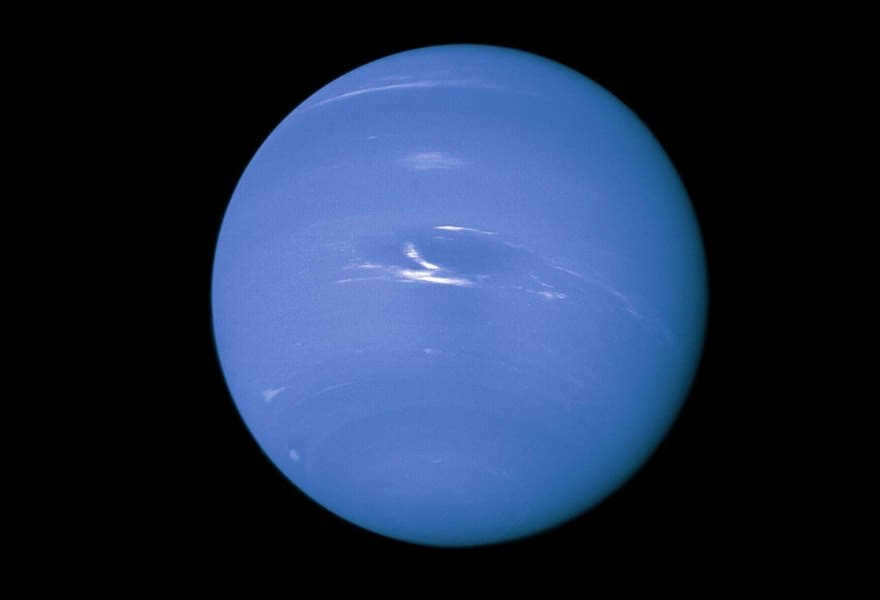
Neptune has a diameter of 48244 kilometers. However, it completes one full axial revolution in 16 hours, 6 minutes, and 36 seconds. This results in a difference of 846 kilometers, with its equatorial diameter measuring between 48682 km and 49528 km.
Therefore, the diameter of Neptune is not only influenced by its composition but also by the speed of its axial rotation. Gas giants, like Neptune, have faster revolutions compared to the inner planets, leading to a more noticeable difference in their diameters.
- Interesting facts about planets;
- The smallest planet;
- The largest planet;
- The most distant planet;
- The closest planet to Earth;
- The hottest planet;
- The orbits of planets;
- The dimensions of planets;
- The diameter of planets;
- The number of planets in the solar system;
- The order of the planets;
- The former planets of the Solar System;
In 2005, it was established that there are eight planets in our solar system. This conclusion was reached after the discovery made by M. Browne, who demonstrated that Pluto should be classified as a dwarf planet. There is some debate among scientists regarding this classification, with some advocating for Pluto to be reclassified as a planet, while others support Michael’s findings. There have even been suggestions to increase the number of planets to twelve. To address these discrepancies, scientists have developed criteria for categorizing celestial objects as planets:
- Planets must orbit around the Sun.
- Planets must have enough mass to maintain a spherical shape due to gravity.
- Planets must clear their orbital path of any additional objects.
Pluto did not meet these criteria and was consequently removed from the roster of planets.
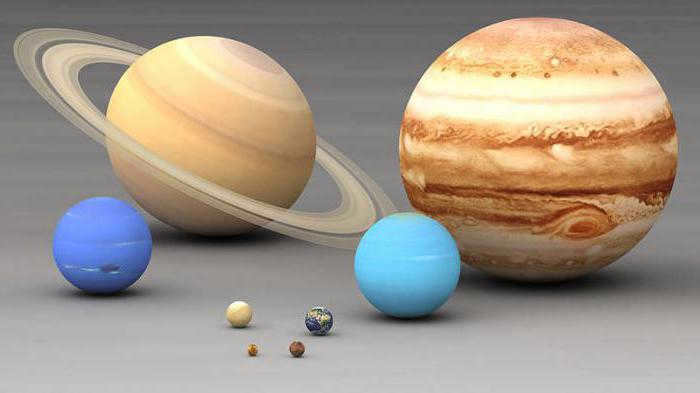
Mercury
Located in close proximity to the Sun is the first and nearest planet to it – Mercury. The distance between Mercury and the Sun is approximately 58 million kilometers. This celestial body is recognized as the smallest planet in our solar system. Its diameter measures just over 4800 kilometers, and it takes eighty-seven Earth days for Mercury to complete one orbit around the Sun, while a single day on Mercury lasts only fifty-nine days. The mass of this planet in our solar system is only 0.055 times that of Earth’s mass, which is equivalent to 3.3011 x 10 23 kg.
The surface of Mercury bears a resemblance to that of the Moon. An intriguing fact about this planet is that it does not possess any natural satellites.
If an individual weighs fifty kilograms on Earth, their weight on Mercury would amount to approximately twenty kilograms. The temperature on Mercury fluctuates between -170 and +400 degrees Celsius.
The following celestial body in our solar system is Venus. It is located approximately 108 million kilometers away from the Sun. Although Venus has a diameter and mass similar to that of Earth, it is slightly smaller in size. Venus has a mass equal to 0.81 times that of Earth, which is approximately 4.886 x 10 24 kg. A year on Venus consists of 225 days. Additionally, Venus is known for its unique atmosphere, which consists of sulfuric acid, nitrogen, and carbon dioxide.
Venus can be easily observed from Earth during the evening and morning hours due to its bright luminosity. This brightness often leads to mistaken sightings of Venus as a UFO.
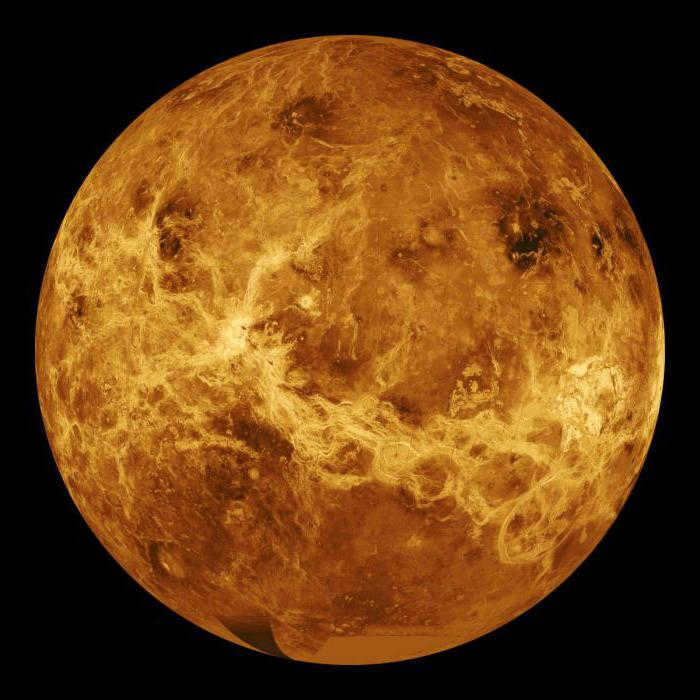
Planet Earth
Our beautiful planet is located approximately 150 million kilometers away from the radiant Sun. The mass of Earth, one of the planets in our solar system, is an astounding 5.97 x 10 24 kilograms. As inhabitants of this extraordinary planet, we experience a year consisting of 365 days. The temperature range on our planet’s surface varies from a scorching +60 degrees Celsius to a chilling -90 degrees Celsius. It’s fascinating to note that the Earth’s surface is in a constant state of transformation, with the ratio of land and water constantly fluctuating. Additionally, we are fortunate to have a natural satellite, the Moon, orbiting around us.
On our remarkable planet, the Earth, the atmosphere is composed mainly of nitrogen and oxygen, along with various other impurities. Scientists have come to the awe-inspiring realization that Earth is the only known world in the universe where life exists.
Mars
Mars, also known as the Red Planet, gets its name from the reddish hue of its surface, which is created by iron oxide. It is located almost three hundred million kilometers away from the Sun. Similar to Earth, Mars has an inclined axis and rotation, resulting in the formation of seasons on the planet.
Mars is home to various geographic features such as deserts, volcanoes, ice caps, mountains, and valleys. The planet has a thin atmosphere and experiences temperatures as low as -65 degrees Celsius. With a mass of 6.4171 x 10 24 kg, Mars is one of the planets in the solar system. It takes Mars approximately 687 Earth days to complete a full revolution around the Sun, meaning that if we were Martians, our age would be half of what it is on Earth.
Recent data suggests that due to its mass and size, Mars is now classified as an Earth-like object within the solar system.
While the atmosphere lacks oxygen, it does consist of nitrogen, carbon, and various other impurities. Additionally, the soil is rich in significant quantities of iron.
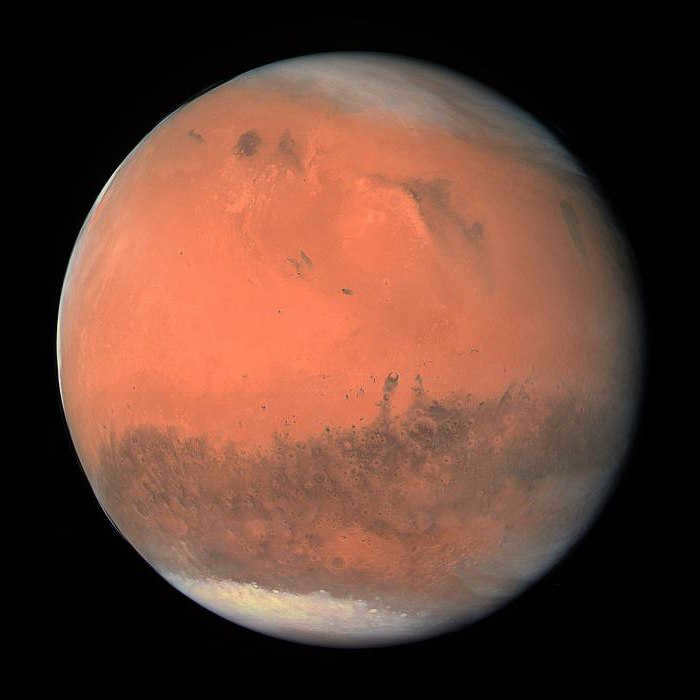
Jupiter
Jupiter is an enormous celestial body situated approximately 800 million kilometers away from the Sun. This colossal planet is a staggering 315 times larger than Earth. It experiences extremely powerful winds, with speeds reaching up to 600 kilometers per hour. Additionally, Jupiter is known for its mesmerizing auroras that persistently illuminate the atmosphere.
The radius and mass of this planet within the solar system are truly remarkable: it has a weight of 1.89 x 10^27 kg and a diameter of nearly 500,000 kilometers. To put it into perspective, Earth’s diameter is a mere 12,700 kilometers.
Saturn
Saturn is located at a distance of approximately 1.5 billion kilometers from the Sun. It is a stunning planet known for its unique ring system. The gas layers of Saturn are concentrated around its core.
This planet has a mass of 5.66 x 10^26 kilograms. It takes nearly thirty Earth years for Saturn to complete one revolution around the Sun. Despite its long year, Saturn has a relatively short day that lasts only eleven hours.
Saturn is accompanied by 53 satellites, although scientists have discovered nine additional satellites that have not yet been confirmed or associated with Saturn’s moons.
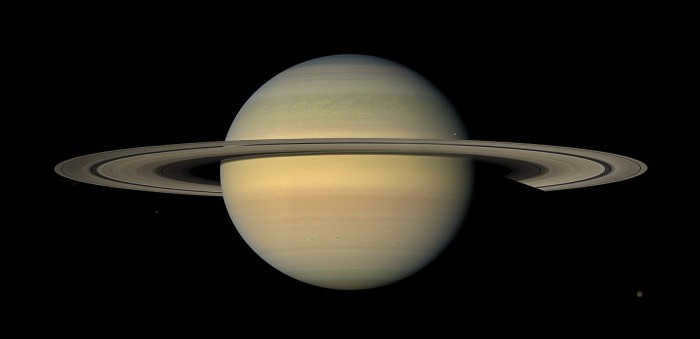
Uranus
Located at a distance of nearly 3 billion kilometers, Uranus is a magnificent giant planet. It falls into the category of an icy gas giant due to its atmospheric composition, which includes methane, water, ammonia, and hydrocarbons. The abundance of methane is responsible for its distinctive blue hue.
Uranus has a year that spans 84 Earth years, but its days are relatively short, lasting only 18 hours.
With a weight of 86.05 x 10^24 kg, Uranus is the fourth most massive planet in our solar system. This ice giant boasts a total of 27 satellites and a small ring system.
Neptune
Located at a distance of 4.5 billion kilometers from the Sun, Neptune is an icy gas giant with its own satellites and a weak ring system.
Weighing in at 1.02 x 1026 kilograms, Neptune takes 165 years to orbit the Sun. Its day lasts a mere 16 hours.
The planet’s composition includes water, methane, ammonia, and helium.
Neptune is accompanied by thirteen satellites, with one more awaiting moon status. Scientists have identified six formations in its ring system. Only one artificial satellite, Voyager-2, has successfully reached this planet after being launched into space many years ago.
These gas ice giants are extremely cold, with temperatures dropping to -300 degrees and below.
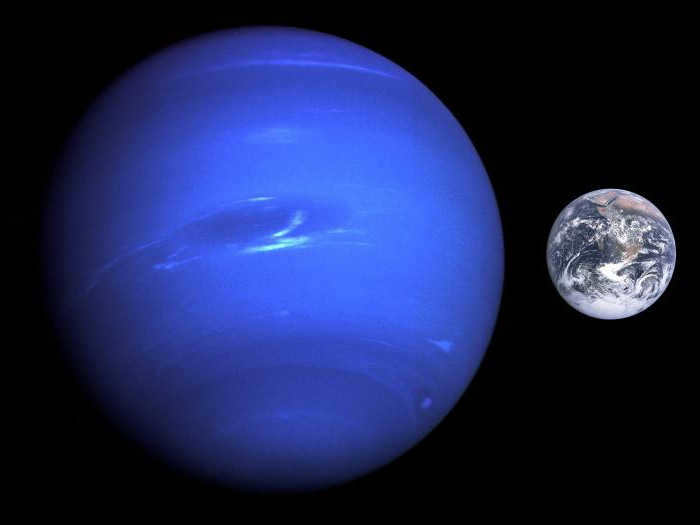
Pluto
Formerly known as the ninth planet in our solar system, Pluto held its planetary status for a century before being reclassified as a dwarf planet in 2006. Despite its long existence, there is still much we do not know about this celestial object. Scientists have yet to determine the exact length of a year on Pluto, as it was only discovered in 1930 and has completed less than one-third of its orbit since then.
Pluto has five known satellites and a relatively small diameter of only 2300 kilometers. However, it is believed to contain a significant amount of water, approximately three times more than Earth. The planet’s surface is predominantly covered in ice, with visible ridges and dark patches scattered throughout.
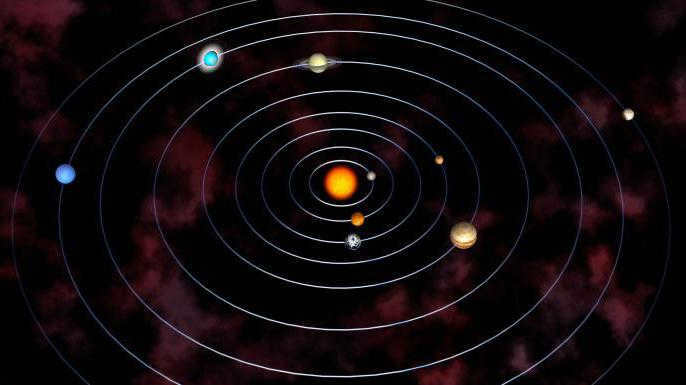
By examining the sizes and masses of the planets in the solar system sequentially, one can make observations about their distinctiveness. Among them, there are massive entities that dwarf smaller ones, akin to ants in comparison to baseballs.

The sizes and shapes of the planets orbiting Earth differ greatly. Some planets in our solar system are relatively small, with diameters that may even be smaller than the satellites of other planets. This fact is quite fascinating! For instance, the planet with the smallest diameter, Mercury, is actually smaller than Ganymede, one of Jupiter’s satellites, and Titan, one of Saturn’s satellites. Moreover, certain planets are wider at their equators than at their poles, which can be attributed to variations in the composition of their materials and differences in their rotational speeds. Consequently, some planets take on nearly perfect spherical shapes, while others resemble ellipsoids. As a result, the diameters of the latter group of planets are subject to change.
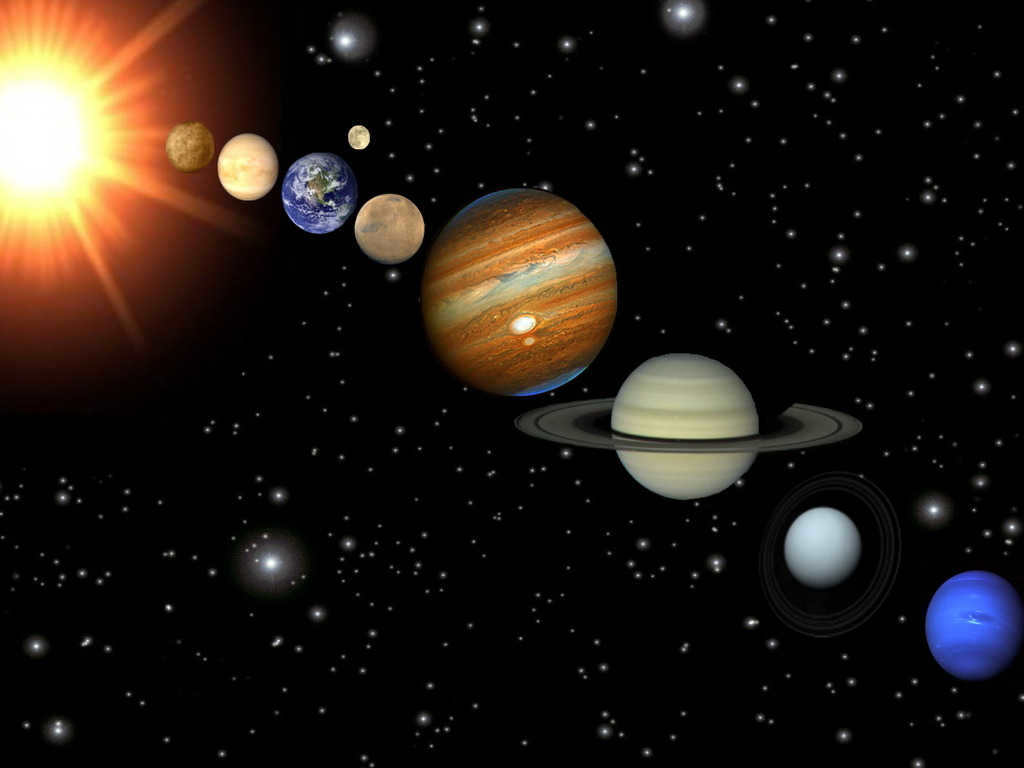
Planetary Order
The planets within our solar system follow a specific sequence, starting with the Sun. First in line is Mercury, followed by Venus, then our very own Earth, and next is Mars. After Mars, we have two colossal planets, namely Jupiter and Saturn, concluding this series are Uranus and Neptune. The final planet, Pluto, lost its esteemed status as a planet not too long ago due to intense astronomical debates. However, it remains unchanged for now. The diameters of the planets within our Solar System vary significantly.
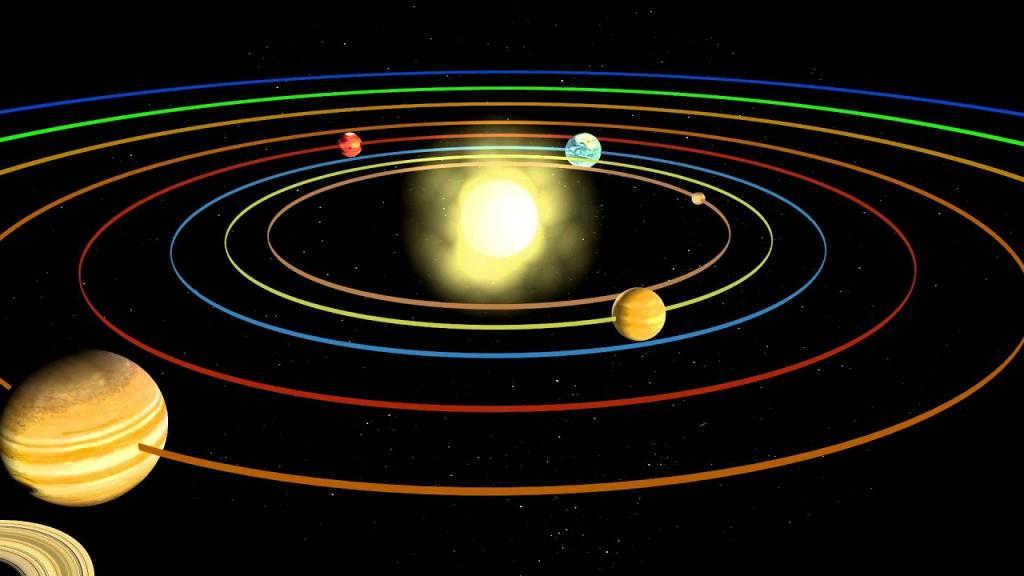
Comparatively diminutive objects
Measuring just 4879 km in diameter, the initial planet of our solar system, Mercury, is only slightly larger than our Moon, which has a diameter of 3474 km. However, due to its remarkably lengthy orbital period of 58,646 days, Mercury takes on an almost perfect spherical shape. Following Mercury is Venus, often referred to as Earth’s sister planet due to their almost identical diameters. Venus measures 12,104 km in diameter, while Earth measures 12,756 km. Venus maintains a regular spherical shape as a result of its slow rotation, completing one revolution every 243.05 days, equivalent to 8 months in Earth time. The primary distinction between Earth and Venus lies in the elliptical shape of Earth, which arises from its relatively high rotation rate. This similarity between Earth and Venus connects them to Mars, as their respective days are nearly equal in length. Interestingly, despite Mars being nearly half the size of Earth, measuring only 6792.4 km in diameter along the equator, the difference in diameter between these two planets when measured along the equator and along the meridian remains constant at 40 km.
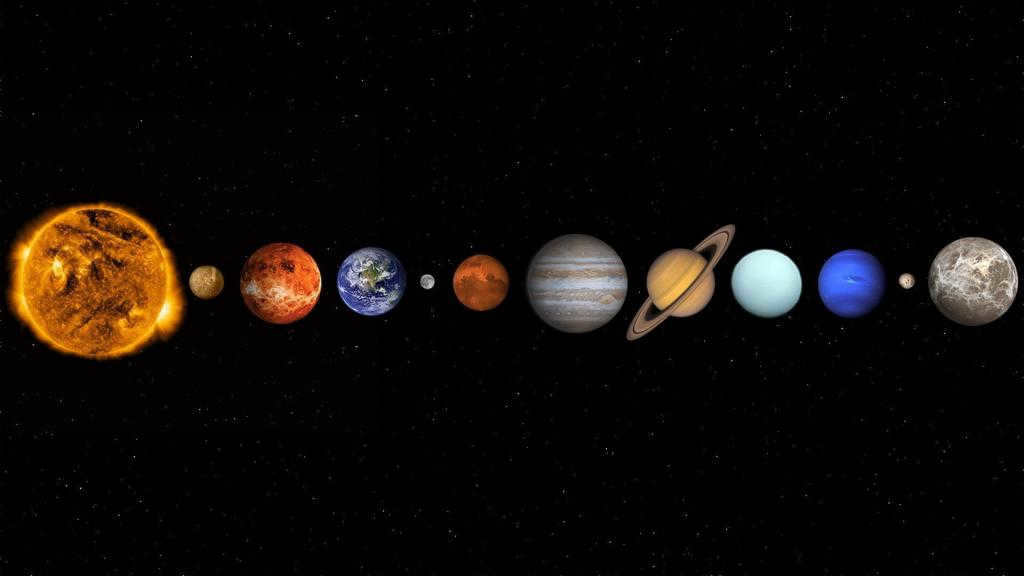
Planets classified as gas giants
Let’s continue our exploration. The size of the planets in our solar system, such as Jupiter and Saturn, is truly mind-boggling. These celestial bodies are absolutely enormous! Jupiter measures a whopping 142,984 kilometers in diameter and completes a full rotation on its axis in just 9 hours and 55 minutes. With its predominantly gaseous composition, Jupiter takes on the classic shape of an ellipsoid, with a difference in distance of 9,726 kilometers between its equator and its poles. Saturn, the second largest planet, also consists mainly of gas and spins at a high angular velocity, resulting in a difference of nearly 12,000 kilometers between its equatorial and meridional diameters. Saturn’s diameter measures 108,728 kilometers. The famous rings of Saturn, which are often depicted by artists, are formed by the asteroid belt surrounding the planet. Moving on to the next planet, Uranus, we find a slightly smaller diameter of 50,724 kilometers. It takes Uranus about 17 hours to complete one rotation on its axis, which is comparable to Earth’s rotation period. Like Jupiter and Saturn, Uranus is also composed mostly of gas, resulting in a difference of 1,172 kilometers between its equatorial and meridional diameters. Finally, we have Neptune, the most distant planet from the Sun. With a diameter of 49,244 kilometers, Neptune is almost the same size as Uranus and also has an ellipsoidal shape with a distance difference of 846 kilometers. Its rotation speed is also very similar to that of Uranus.
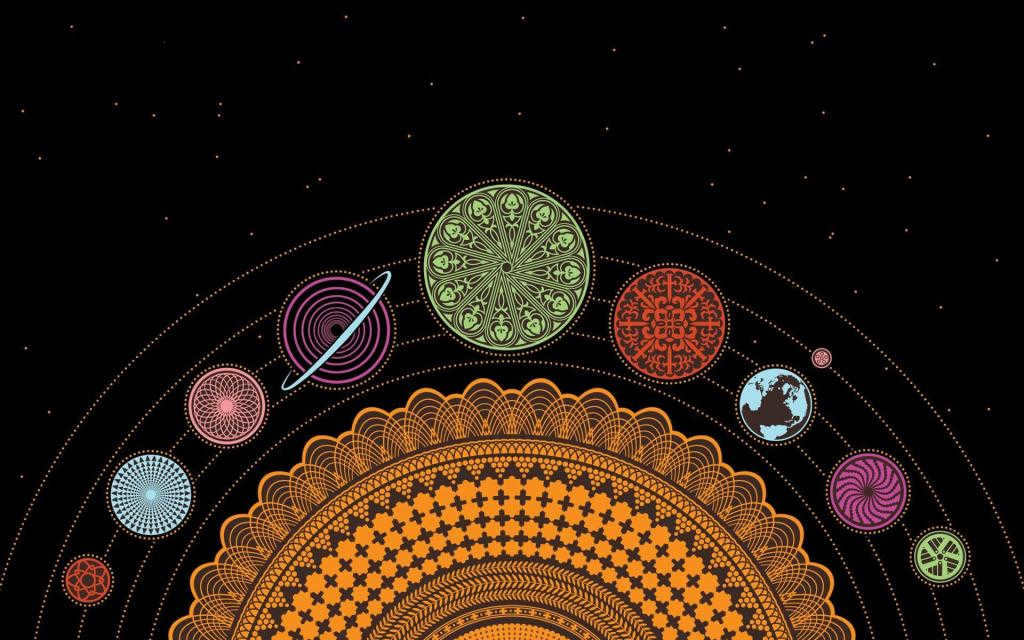
Summary
To simplify practical application, the table below provides the diameters of the planets in the solar system in kilometers. Take note of the particularities:
| Celestial Body | Diameter (km) | Diameter relative to Earth |
| Mercury | 4879 | 0.38 |
| Venus | 12104 | 0.95 |
| Earth | 12756 | 1 |
| Mars | 67920 | 0.53 |
| Jupiter | 142984 | 11.21 |
| Saturn | 108728 | 8.52 |
| Uranus | 50724 | 3.98 |
| Neptune | 49244 | 3.86 |
The order of the bodies in the table corresponds to their distance from the Sun. If we consider only the diameter of the planets in the Solar System, they can be categorized into four groups. The first group consists of relatively small bodies, namely Mars and Mercury. The second group includes the so-called “sister” planets Venus and Earth. The third group comprises the gas giants Jupiter and Saturn. The final group consists of planets that are primarily composed of gaseous compounds, but are not as large as the aforementioned giants. These planets are Uranus and Neptune. It is important to note that the characteristics of the planets extend beyond just their size. Humanity has made significant advancements in determining their masses, surface gravity, and much more.
Below is a table presenting the eight planets and their average distances from each other.
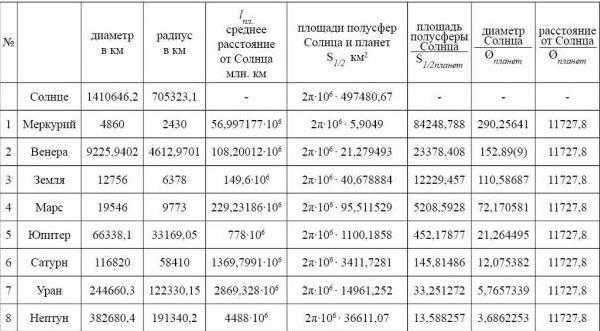
In addition to the scale of the distance between the planets in the solar system, the tables contain various other parameters. You may also want to take a look at the second table.
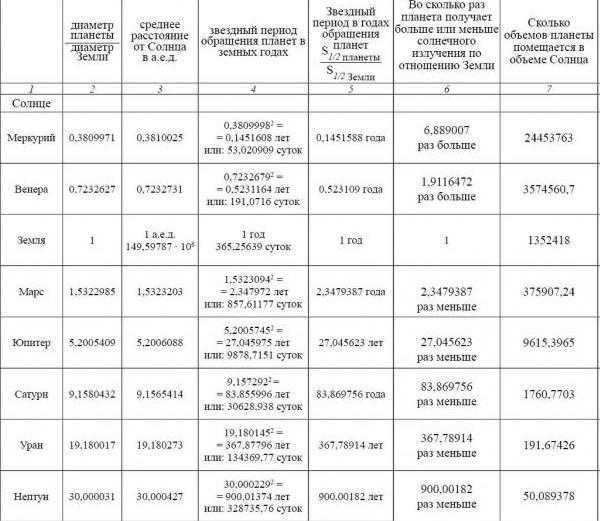
Distance between the Sun and the planets of the solar system
The orbits of the eight planets in our solar system are not perfect circles, but rather ellipses. This means that their distance from the Sun varies depending on their position in their orbits. When they are closest to the Sun, this is called perihelion, and when they are farthest from the Sun, this is called aphelion.
Because of the constantly changing positions of the planets and the vast distances involved, it can be difficult to determine the exact distance between them. However, astronomers often use a unit of measurement called an astronomical unit, which represents the average distance between the Earth and the Sun, to talk about the distances in the solar system.
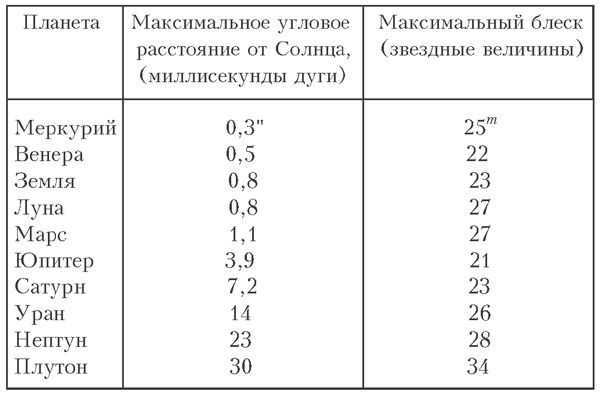
Example of specific celestial bodies
Let’s examine the distances between the planets in our solar system in kilometers, using specific illustrations.
The closest distance from the Sun is approximately 46 million kilometers (29 million miles), which is equivalent to 0.307 astronomical units (AU).
The farthest distance from the Sun is approximately 70 million kilometers (43 million miles), which is equivalent to 0.666 astronomical units (AU).
The average distance between the planets and the Sun is approximately 57 million kilometers (35 million miles), which is equivalent to 0.387 astronomical units (AU).
The proximity to Earth is approximately 77.3 million kilometers (48 million miles).
For another celestial body, the nearest distance from the Sun is about 107 million kilometers (66 million miles), or 0.718 astronomical units (AU).
The farthest distance from the Sun for this celestial body is about 109 million kilometers (68 million miles), or 0.728 astronomical units (AU).
The average distance of this celestial body from the Sun is about 108 million kilometers (67 million miles), or 0.722 astronomical units (AU).
The closest distance to Earth for this celestial body is approximately 147 million kilometers (91 million miles), or 0.98 astronomical units (AU).
Finally, the closest distance from the Sun for this celestial body is approximately 205 million kilometers (127 million miles), or 1.38 astronomical units (AU).
The farthest distance from the Sun is 249 million km/155 million miles (1.66 AU).
The average distance is 228 million km/142 million miles (1.52 AU).
The closest distance to Earth is 55 million km/34 million miles.
The closest distance from the Sun is 741 million km/460 million miles (4.95 AU).
The farthest distance from the Sun is 817 million km/508 million miles (5.46 AU).
The average distance is 779 million km/484 million miles (5.20 AU).
The proximity to Earth is 588 million km/346 million miles.
The nearest distance from the Sun is 1.35 billion km/839 million miles (9.05 AU).
The farthest distance from the Sun is 1.51 billion km/938 million miles (10.12 AU).
The average distance is 1.43 billion km/889 million miles (9.58 AU).
The proximity to Earth is 1.2 billion km/746 million miles.
The closest distance from the Sun is 2.75 billion km/1.71 billion miles (18.4 AU).
The farthest distance from the Sun for the first object is approximately 3.00 billion km or 1.86 billion miles, which is equivalent to 20.1 astronomical units (AU).
On average, this object is located about 2.88 billion km or 1.79 billion miles away from the Sun, which is equivalent to 19.2 AU.
It is relatively close to Earth, with a distance of approximately 2.57 billion km or 1.6 billion miles.
However, the closest distance from the Sun for this object is about 4.45 billion km or 2.7 billion miles, which is equivalent to 29.8 AU.
For the second object, the farthest distance from the Sun is approximately 4.55 billion km or 2.83 billion miles, which is equivalent to 30.4 AU.
On average, this object is located about 4.50 billion km or 2.8 billion miles away from the Sun, which is equivalent to 30.1 AU.
It is relatively close to Earth, with a distance of about 4.3 billion km or 2.7 billion miles.
The closest distance from the Sun for this object is approximately 4.44 billion km or 2.76 billion miles, which is equivalent to 29.7 AU.
Finally, the farthest distance from the Sun for the third object is approximately 7.38 billion km or 4.59 billion miles, which is equivalent to 49.3 AU.
On average, this object is located about 5.91 billion km or 3.67 billion miles away from the Sun, which is equivalent to 39.5 AU.
It is relatively close to Earth, with a distance of about 4.28 billion kilometers or 2.66 billion miles.
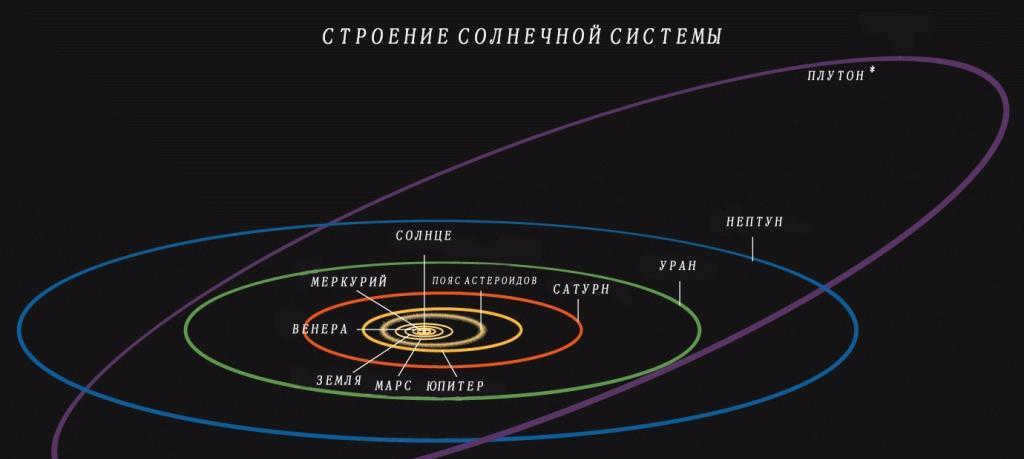
What is the solar system?
The solar system is a collection of celestial bodies that are gravitationally bound to the Sun. These bodies include eight major planets and five dwarf planets, as defined by the International Astronomical Union (IAU). The major planets directly orbit the Sun, while the remaining objects, such as planetary dwarfs and small solar system bodies, also have orbits around the Sun.
Origin
The birth of the solar system occurred approximately four and a half billion years ago through an enigmatic gravitational collapse that remains a subject of ongoing scientific inquiry. While the precise nature of this event eludes us, research has confirmed the existence of a vast gas cloud and numerous asteroids at the epicenter of our cosmic arrangement. Over time, these celestial entities coalesced to form the familiar planets and smaller objects that comprise our system. The gas giants, including our majestic Sun, originated from this primordial amalgamation of dust and gas. Throughout the ages, the distance between the Sun and the planets experienced fluctuations before stabilizing at its present values. It is worth noting that other planetary systems boast gas giants in closer proximity to their respective suns, thus highlighting the exceptional nature of our own system.
Minuscule entities
Aside from planets, our system is brimming with an assortment of minuscule entities. These encompass Pluto, Ceres, diverse comets, and the extensive asteroid belt. The Saturnian asteroid ring can also be classified as minuscule entities in our resplendent system. Their orbits are rather precarious and they appear to wander in the expanse of space, thus their proximity to the planets and one another is perpetually shifting based on sundry gravitational factors. Information regarding the regularity of the interplanetary distances within the solar system can be gleaned from the material provided below.
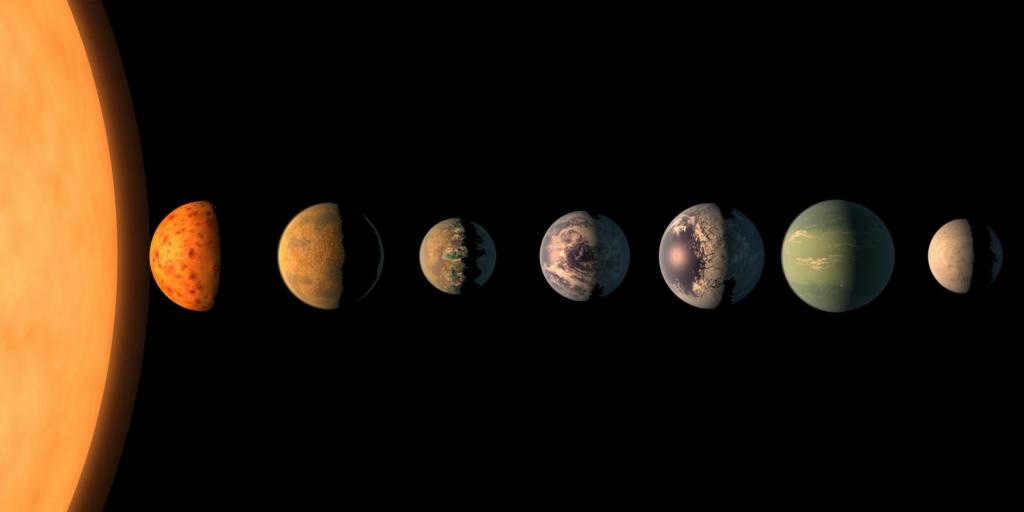
Distinguishing Features
Another notable aspect of our solar system is the constant streams of charged particles that emanate from the Sun. These streams, known as the solar wind, may not be directly relevant to the main subject of this article, but they are certainly noteworthy when it comes to comprehending the nature of outer space and our place within it. Our system resides in a region known as the Orion Arm, which is situated 26,000 light-years away from the very core of our beloved Milky Way galaxy. It’s safe to say that we inhabit the outer edges of the Universe!
The issue of perception
Throughout a significant portion of human history, there was a lack of recognition or understanding regarding the solar system. It wasn’t until the later periods of the Middle Ages and Renaissance that the majority of people began to consider the Earth as stationary and positioned at the center of the universe. This perspective was in stark contrast to the belief that divine or ethereal objects moved through the sky. While the Greek philosopher Aristarchus of Samos originally proposed a heliocentric structure of the cosmos, it was Nicolaus Copernicus who first developed a mathematically predictive heliocentric system. Discover more about the arrangement of distances between the planets within the solar system below.
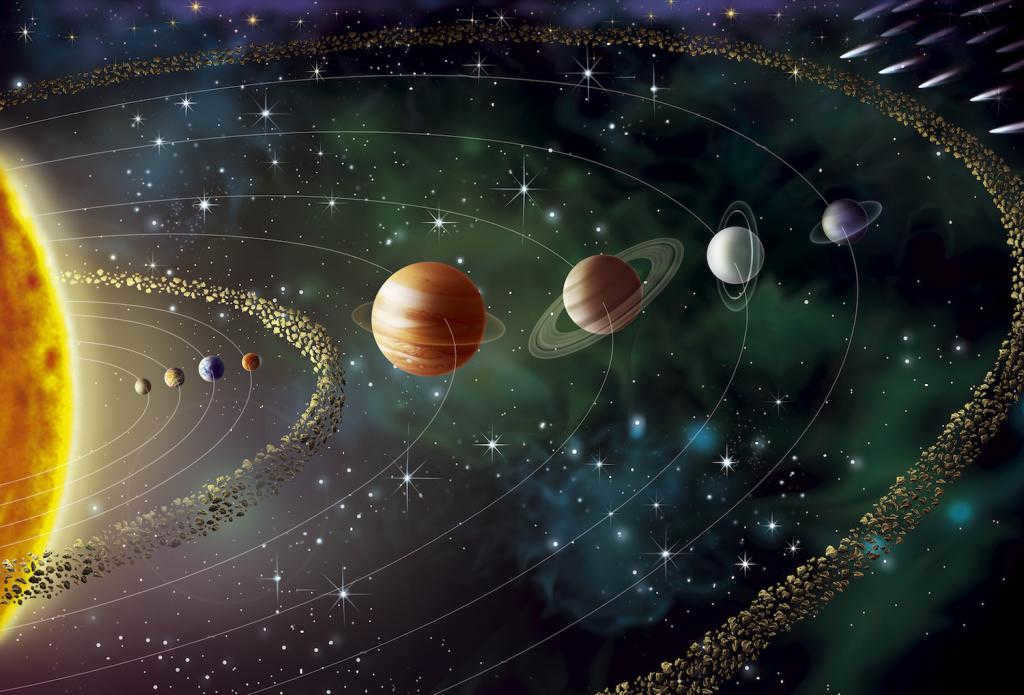
More information on distance
The distance from the Sun to the Earth is known as 1 astronomical unit (AU), which is equivalent to 150,000,000,000 kilometers or 93,000,000 miles. To put this into perspective, the Sun itself has a radius of 0.0047 AU or 700,000 kilometers. This means that the Sun only occupies a minuscule fraction, specifically 0.00001% or 10-5%, of the volume of a sphere with a radius the same size as the Earth’s orbit. In comparison, the volume of the Earth is approximately one millionth or 10-6 of the volume of the Sun. Moving further out, the largest planet in our solar system, Jupiter, is located at a distance of 5.2 AU from the Sun, which is about 780,000,000 kilometers. Jupiter has a radius of 71,000 kilometers or 0.00047 AU. On the other end of the spectrum, the most distant planet from the Sun, Neptune, is positioned at a distance of 30 AU or 4.5 × 109 kilometers.
Except for a few cases, the further a celestial body or belt is from the Sun, the larger the gap between its orbit and the orbit of the nearest object. For instance, Venus is approximately 0.33 AU further from the Sun compared to Mercury, while Saturn is 4.3 AU away from Jupiter and Neptune is 10.5 AU away from Uranus.
Attempts have been made to establish a correlation between these orbital distances (such as the Titius-Bode law), but such a hypothesis has not been widely accepted. Some illustrations in this article display the orbits of the various components of the solar system at different scales.
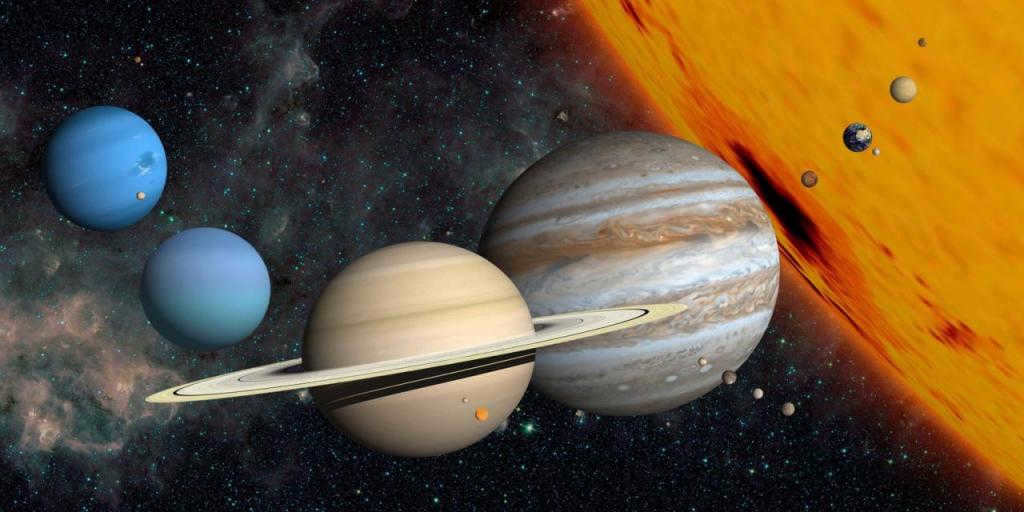
Modeling the Distance
There are various models of the solar system that aim to represent the relative scales and distances between the planets. Some models are small in size, while others are spread out across cities or regions. The largest scale model, known as the Swedish Solar System, utilizes the 110-meter (361-foot) Ericsson globe in Stockholm to represent the Sun. According to the scale used, Jupiter is depicted as a 7.5-meter (25-foot) sphere, and the most distant object in the solar system, Sedna, is represented by a 10-cm (4-inch) sphere located in Luleå, which is approximately 912 kilometers (567 miles) away from the model of the Sun.
If the distance between the Sun and Neptune were stretched to 100 meters, the brightness would measure approximately 3 cm (which is roughly two-thirds the size of a golf ball), while the gas giants would be smaller than about 3 mm. On this scale, the Earth and other rocky planets would appear smaller than a flea (measuring 0.3 mm). In order to construct these remarkable models, mathematical equations and calculations are employed, which account for the actual distances between the planets in the solar system and incorporate the golden ratio.
The planets that orbit the Earth come in a wide range of sizes and shapes. Some of the planets in our Solar System are actually quite small, with diameters that are smaller than the satellites of other planets. This is quite fascinating! Take, for example, Mercury, which has the smallest diameter of any planet. It is actually smaller than Ganymede, one of Jupiter’s satellites, and Titan, one of Saturn’s satellites. Additionally, some planets have a wider equator compared to their poles. This is due to differences in the composition of the materials that make up these planets and the varying angular velocities at which they rotate on their own axis. As a result, some planets are almost perfect spheres, while others have an elliptical shape. This means that the diameter of these planets can be a variable measurement.
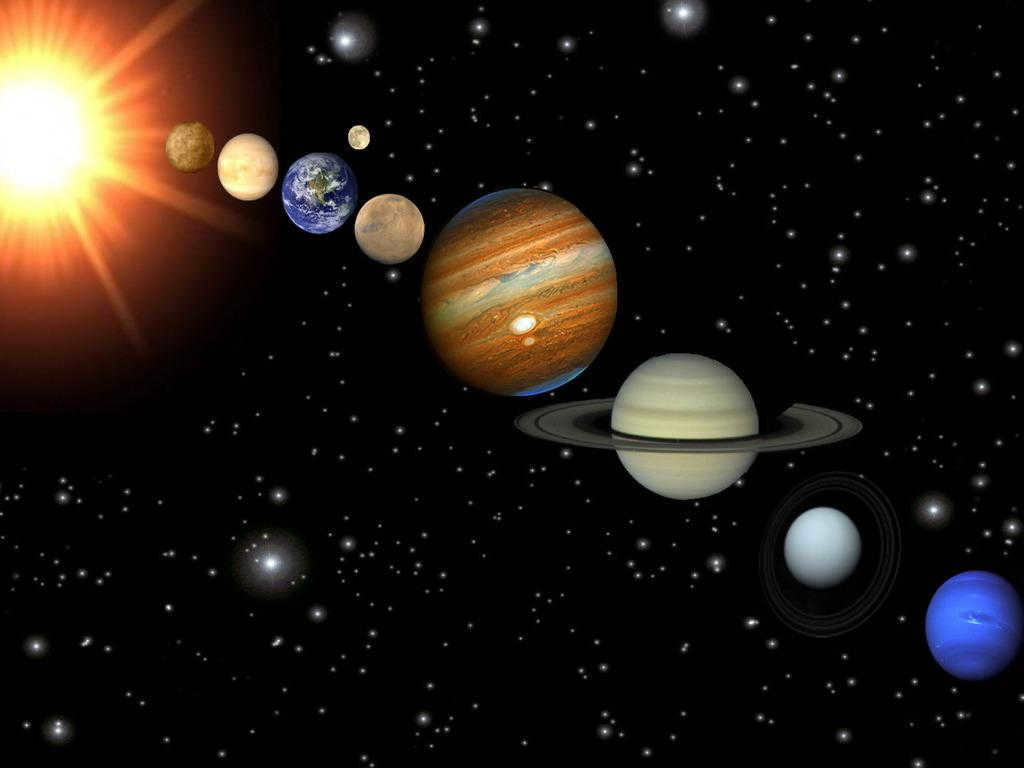
Location
In the solar system, there is a specific order in which the planets are arranged in relation to the Sun. Let’s take a closer look. Starting with the Sun, the closest planet is Mercury, followed by Venus, then our very own Earth, and next in line is Mars. After Mars, we have two massive planets, Jupiter and Saturn, and finally, we have Uranus and Neptune. The last planet in this sequence used to be Pluto, but it recently lost its esteemed status as a planet after intense discussions among astronomers. However, its position in the solar system has remained unchanged. It’s worth noting that the diameter of the planets in the solar system varies greatly.
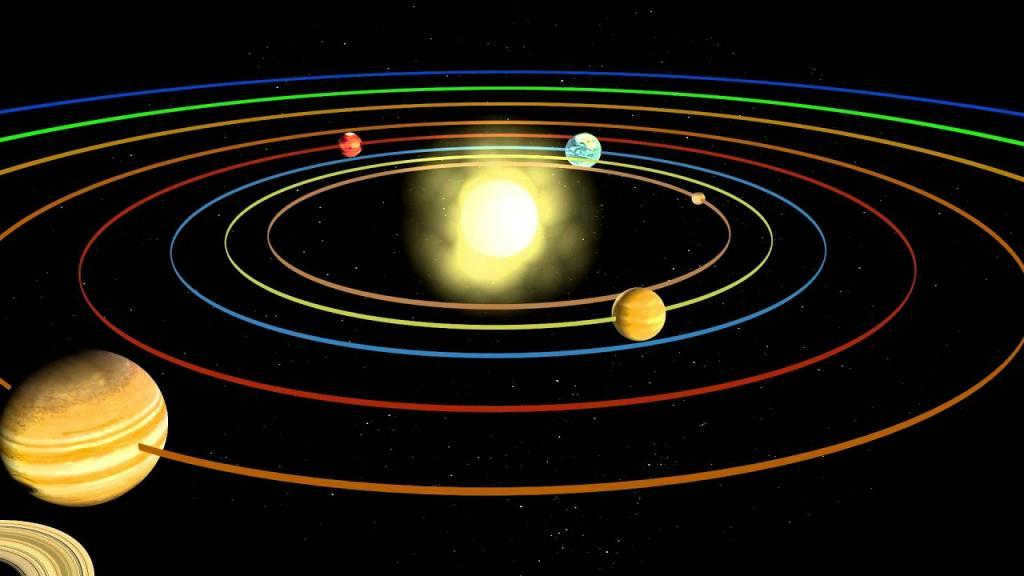
Comparatively diminutive compact entities
With a size of just 4879 km, the first planet Mercury is barely larger than our Moon, which has a diameter of 3474 km. However, due to its extremely long orbital period (58,646 days), Mercury is almost perfectly spherical. Next up is Venus, often referred to as Earth’s twin because their diameters are nearly identical – 12,104 km for Venus and 12,756 km for Earth. Venus has a perfectly round shape, thanks to its slow rotation rate: it completes one revolution every 243.05 days, which means a Venusian day is equivalent to 8 months on Earth. The contrast between Earth and Venus lies in the elliptical shape of Earth, a result of its relatively high rotational speed. This is similar to the situation between Earth and Mars, where their 24-hour days are almost the same. Interestingly, the difference in diameter between these planets, as measured at the equator and meridian, is the same – 40 km. Despite being nearly half the size of Earth, Mars only has a diameter of 6792.4 km at the equator.
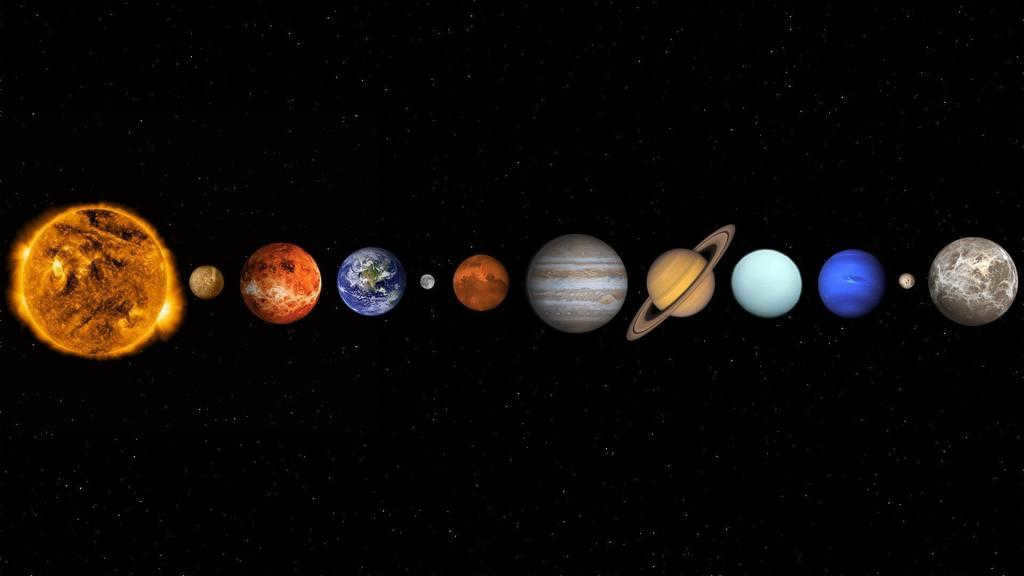
Planets made mostly of gas
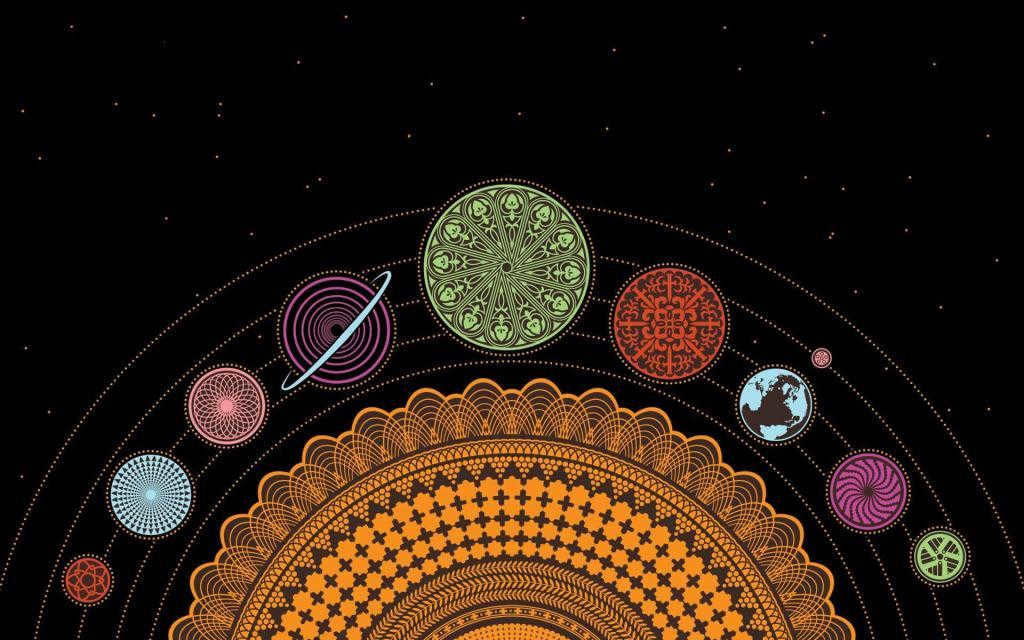
Summary
To facilitate practical use, the table below provides the diameter of the planets in the solar system in kilometers. Take note of the following details:
| Planet | Diameter in kilometers | Diameter in relation to Earth |
| Mercury | 4879 | 0.38 |
| Venus | 12104 | 0.95 |
| Earth | 12756 | 1 |
| Mars | 67920 | 0.53 |
| Jupiter | 142984 | 11.21 |
| Saturn | 108728 | 8.52 |
| Uranus | 50724 | 3.98 |
| Neptune | 49244 | 3.86 |





